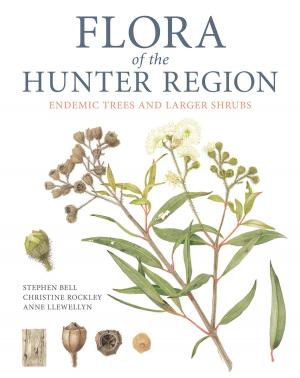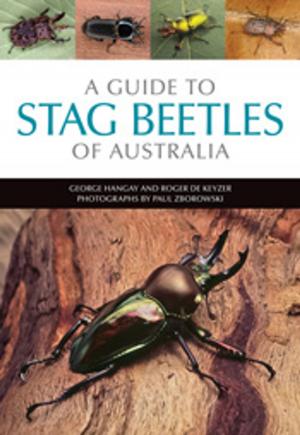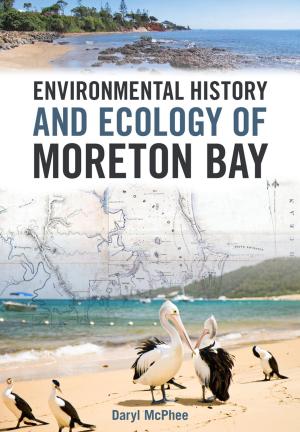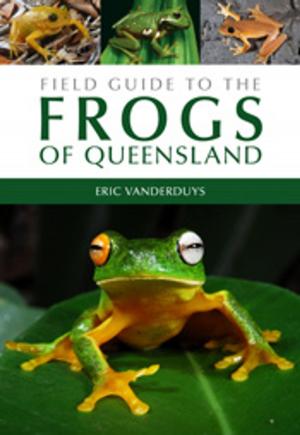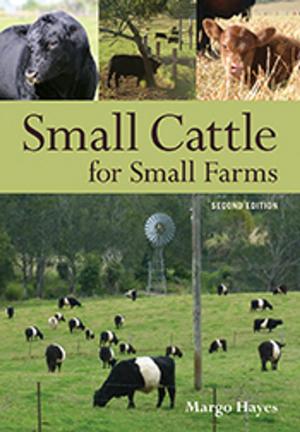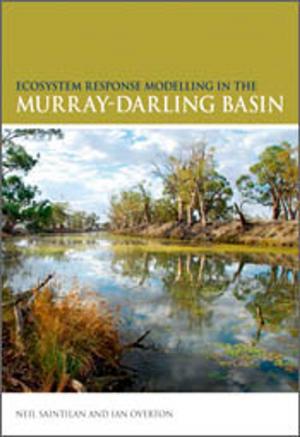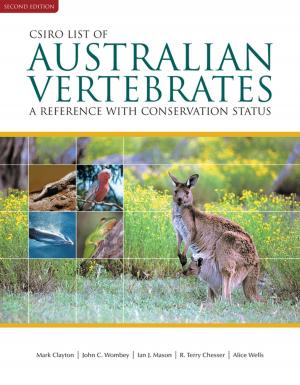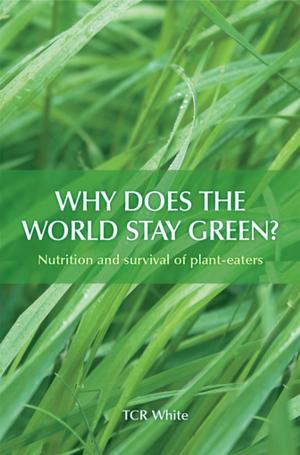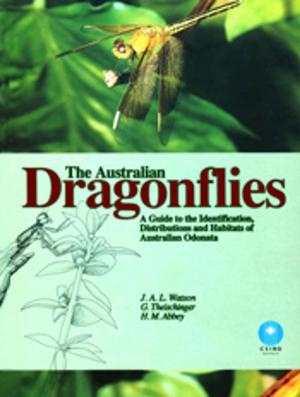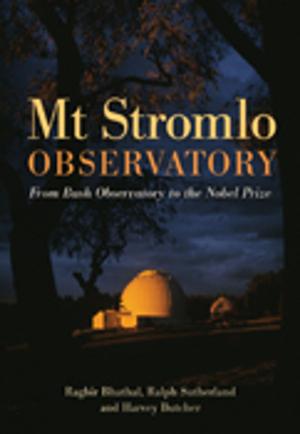Field Guide: Fire in Dry Eucalypt Forest
Fuel Assessment and Fire Behaviour Prediction in Dry Eucalypt Forest
Nonfiction, Science & Nature, Science, Biological Sciences, Environmental Science, Technology, Nature| Author: | ISBN: | 9780643102767 | |
| Publisher: | CSIRO PUBLISHING | Publication: | August 12, 2008 |
| Imprint: | CSIRO PUBLISHING | Language: | English |
| Author: | |
| ISBN: | 9780643102767 |
| Publisher: | CSIRO PUBLISHING |
| Publication: | August 12, 2008 |
| Imprint: | CSIRO PUBLISHING |
| Language: | English |
An effective response to bushfires relies on accurate predictions of fire behaviour, particularly the rate of spread, intensity and ‘spotting’. This field guide has been developed to provide a systematic method for assessing fuel hazard and predicting potential fire behaviour in dry eucalypt forest. It will assist in making vital decisions that ensure the protection of fire crews and the community. This guide integrates Project Vesta research findings with the Victorian Overall Fuel Hazard Guide and is applicable to dry eucalypt forests throughout southern Australia. Fuel assessment is based on the hazard scoring system employed during Project Vesta which investigated the effects of fuel age and understorey vegetation structure on fire behaviour in these forests. Information provided in this guide can be used to: Define and identify different fuel layers and components of fuel structure and hazard; Determine the hazard score of surface and near-surface fuel layers and the height of the near-surface fuel for fire spread prediction; Determine elevated fuel height for flame height prediction; and determine surface fuel hazard score and bark hazard score for spotting distance prediction. The Field Guide provides tables to predict the potential rate of spread of a bushfire burning in dry eucalypt forest under summer conditions, and can also be used to predict flame height and maximum spotting distance. The guide also allows users to determine the moisture content of fine dead fuels throughout the day, and to account for the effect of slope on the rate of spread of a fire.
An effective response to bushfires relies on accurate predictions of fire behaviour, particularly the rate of spread, intensity and ‘spotting’. This field guide has been developed to provide a systematic method for assessing fuel hazard and predicting potential fire behaviour in dry eucalypt forest. It will assist in making vital decisions that ensure the protection of fire crews and the community. This guide integrates Project Vesta research findings with the Victorian Overall Fuel Hazard Guide and is applicable to dry eucalypt forests throughout southern Australia. Fuel assessment is based on the hazard scoring system employed during Project Vesta which investigated the effects of fuel age and understorey vegetation structure on fire behaviour in these forests. Information provided in this guide can be used to: Define and identify different fuel layers and components of fuel structure and hazard; Determine the hazard score of surface and near-surface fuel layers and the height of the near-surface fuel for fire spread prediction; Determine elevated fuel height for flame height prediction; and determine surface fuel hazard score and bark hazard score for spotting distance prediction. The Field Guide provides tables to predict the potential rate of spread of a bushfire burning in dry eucalypt forest under summer conditions, and can also be used to predict flame height and maximum spotting distance. The guide also allows users to determine the moisture content of fine dead fuels throughout the day, and to account for the effect of slope on the rate of spread of a fire.

